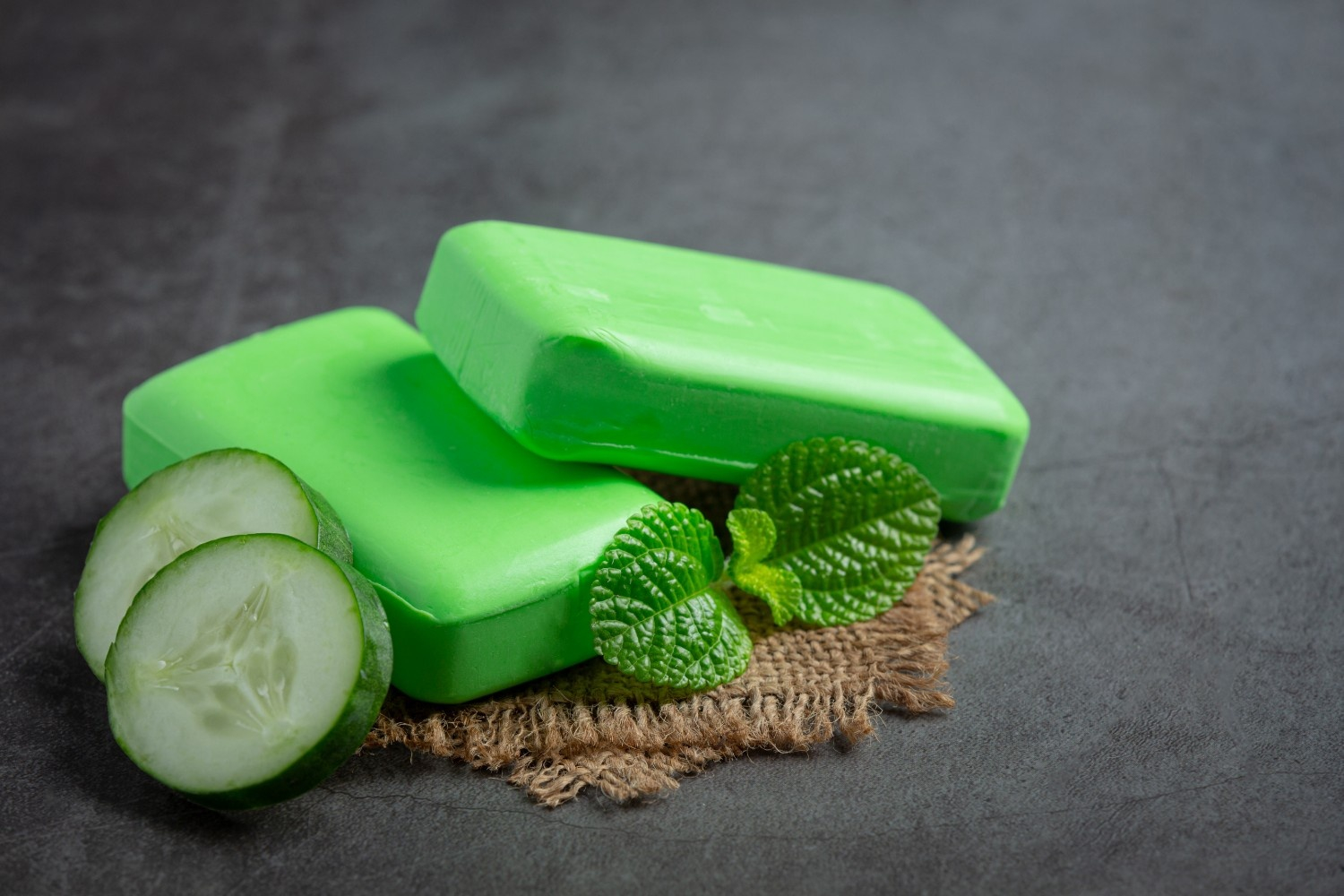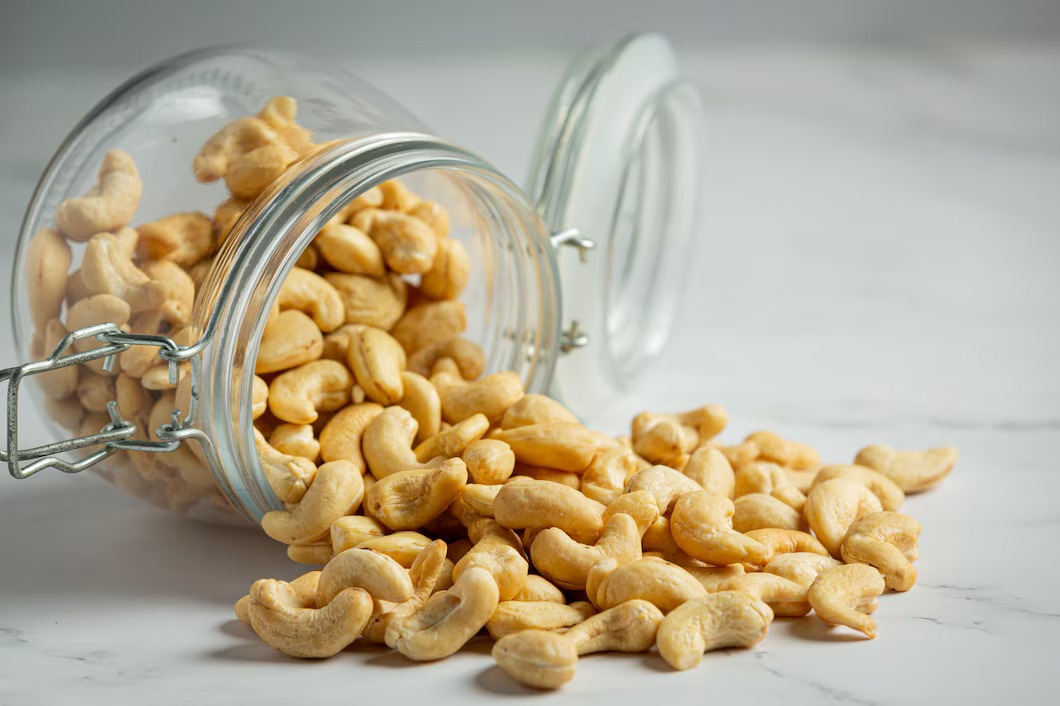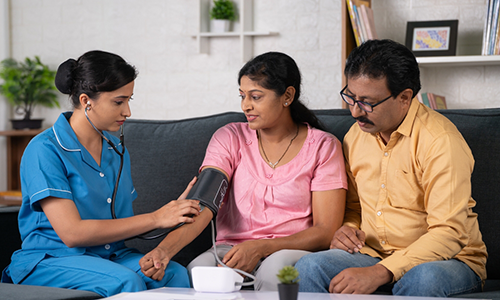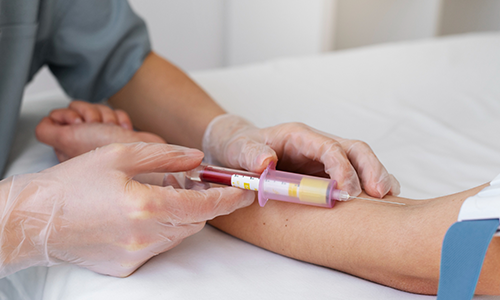Soaps are a part of our daily life for personal hygiene and cleansing of our bodies. It is also important to check the quality of the soap before we choose for ourselves, family or babies. We pick a soap from store based on its packaging, colour, texture, fragrance or which celebrity is promoting it and how popular it is among youth or so on. We are so obsessed with these things that we forget to question the quality of our soap.
In India, there are not many people who know how to check the quality of your soap or what are the parameter to confirm whether it is good or not for your skin. When we buy a soap, we barely bother to look at back of the packaging to look at details like what is the composition of this soap or what are things that it is made of and its percentage. We only look for fragrance whether it is rose, lemon etc. In this article we will look the parameter set by Bureau of Indian Standards (BIS) for toilet and laundry soaps. Its categories based of the value of total fatty matter (TFM).
Total fatty matter (TFM) -
Total fatty matter (TFM) is a parameter to refer the fatty matter present in the soap. Fatty matters come from the vegetable oils and fatty acids like- stearic acid, palmitic acid, sodium oleate and oleic acid or triglycerides present in the soap. TFM gives information about the amount of fatty matter get separated from the soap when hydrochloric acid or other mineral acids are used. These fatty matters take the TFM level to 90% and as we added other ingredient for moisturizing, fragrance, preservatives and fillers. It brings down the TFM level to 50-60%. So, it is important to look at the detailing of the soap before buying and compare its pros and cons. The higher the TFM percent the less harmful it is for your skin. There are three categories for the toilet soap namely Grade I, Grade II, and Grade III. The fatty substances are important as it helps cleansing your body without drying it. Fatty substances are responsible for the moisturizing.
BIS standards for toilet soaps in India
Bureau for Indian Standard has set of requirements that every toilet soap has to meet to ensure the quality of the soap for public use and has no harmful effect on the body. It ensures the buyer get a product i.e. safe, effective and moisturizing good quality.
BIS divides the toilet soaps into three grades based on its TFM content -
• Grade I - This grade of soap is most safe for body as it has highest amounts of fatty matters. This grade of soaps must have a minimum 76% of fatty matters in it. It is a superior choice for cleansing and moisturizing properties.
• Grade II - This type of soaps has TFM content between 70% to 76%. This is also a good option for cleansing purpose but it is less superior than Grade I soap.
• Grade III - this grade of soap must have a minimum 60% of fatty matters.it is a average quality of soaps as it has fillers in it which also makes it cheaper than the Grade I and Grade II soaps.
BIS standard for Glycerine soaps -
Glycerine soaps have different standard as it has moisturizing properties so it can have a lower TFM percent than the toilet soaps.
• Minimum Glycerine Content - Glycerine soaps must meet the requirement of minimum 15% of glycerine content. These soaps are good option for dry skins. It helps maintain the moisture skin for longer time than the toilet soaps.
• Minimum TFM Content - In order to maintain the cleansing and skin benefits, a glycerine soaps must have a minimum 45% of TFM content in it. The lower the amount of TFM content in comparison to the toilet soap is because of the presence of moisturizing content, glycerine which makes up for the low TFM content.
Role of TFM in soap -
Cleansing effect -
Higher the fatty acid content means high TFM content in the soap. Fatty acids are cleansing agent. It lathers more and form micelles that traps the dirty in its and removes it from the skin effectively. Soaps with lower fatty acids need more effort to achieve the same result.
Skincare benefits -
Soaps that have higher TFM content means higher fatty acids and moisturizing effects. Higher TFM value soaps less harsh on skin. It helps keep the skin moisturize and reduce the effect of dryness and irritation. It also keeps it soft and hydrated.
Longevity -
Higher TFM content soap does not dissolve as quickly as other soap so it last longer than lower grade soaps. That makes high TFM soaps cost-effective for longer run as you get more bath per soap.
Fragrance and Texture -
Soaps with TFM value has better and long-lasting fragrance quality and have a smoother and luxurious texture than the regular soaps. It gives a better bathing experience but it is also a bit expensive than the regular soaps.
Conclusion -
Soaps are essential part of our daily routine and hygiene. If we do not choose our soap wisely it can have bad effects on our body like dryness, itchiness, rashes and so on. TFM is an indicator which tells us how good or bad a soap is for our skin. So, we need to choose it wisely. It informed you about the products you use daily without knowing their effects on your body. If you prefer better skin health and satisfaction choose Grade I soaps higher TFM content or moisturizing glycerine soaps.

















